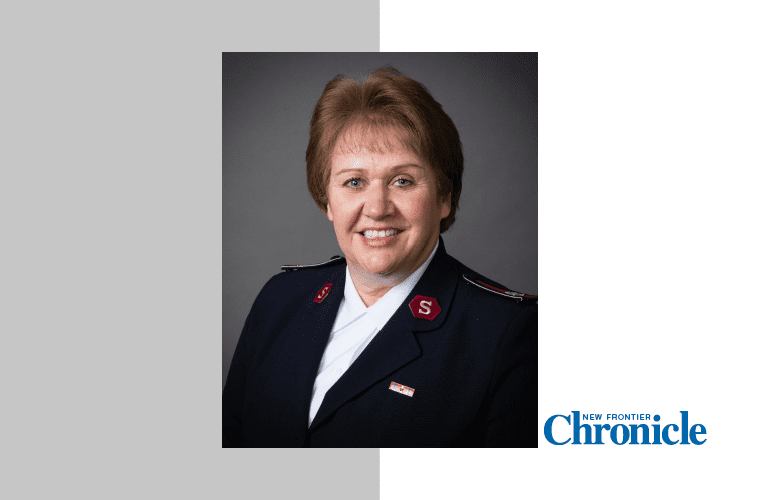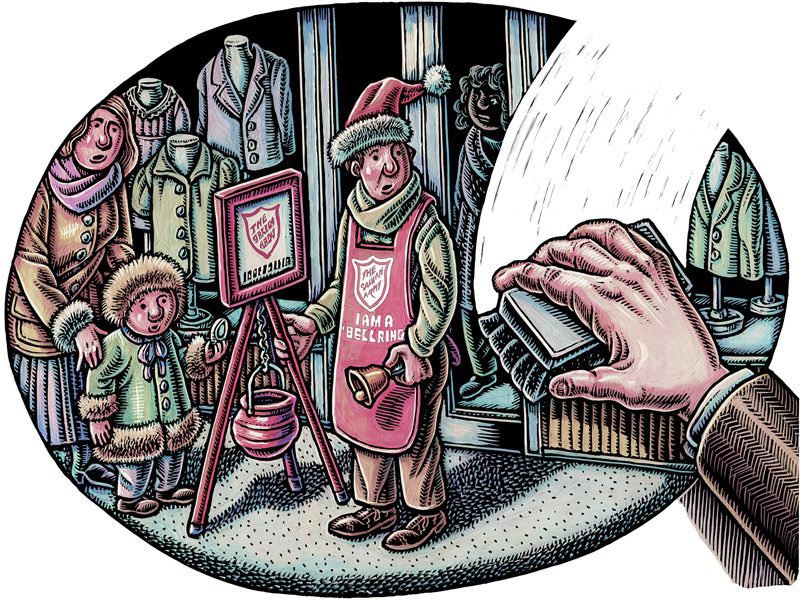Campaign seeks to raise awareness and money to combat global poverty.
By Karen Gleason
How much is your daily cup of coffee?
Could you cover all your daily expenses on less than that amount?
Throughout the developed world, people—including Salvationists—have accepted the challenge to “live below the line” to show solidarity with the estimated 1.4 billion people who live in poverty and to raise awareness and funds to alleviate the problem.
What is the line? In the U.S., the poverty line is $1.50 a day, recently adjusted from $1.25 a day to account for inflation. Globally, for those 1.4 billion people—roughly one in every five individuals—this amount must cover all daily expenses: food, transport, clothing, shelter, health care and education.
In developed nations, that’s less than a cup of coffee.
The Salvation Army’s International Social Justice Commission (ISJC) noted: “In a world with abundant resources and great wealth, such extreme deprivation, for so many, is a shocking injustice—by any standard.”
As a supporter of the United Nations’ Millennium Development Goals—eight targets for addressing extreme poverty—The Salvation Army is supporting the “Live Below the Line” campaign, an initiative of The Global Poverty Project, which launched in Australia last year and spread to the U.S. and U.K. this year. Expectations are that tens of thousands across the world will participate.
People taking the challenge of living on less than $1.50 a day experience the reality of poverty first hand and raise money for international aid programs by having friends and family support them.
Salvationist Chris Brekke, ISJC policy intern, recently lived below the line in New York City. He recorded his reflections online at the ISJC website (salvationarmy.org/IHQ/www_ihq_isjc.nsf).
Brekke raised funds for the Generation program of The Salvation Army’s International Development Office in the U.K., which aims to empower the world’s poorest to reach their potential and lift themselves and their communities out of poverty.
“While the physical hunger was tough,” Brekke wrote, “the psychological aspect of living below the line was the greatest challenge. …I can relate much more to the profound sense of disempowerment that accompanies the physical deprivation of extreme poverty…the intensity of the feeling was unexpected.”
The questions Brekke heard most often during the week were: “Why are you doing this? How will starving yourself make anything better?”
Brekke’s response? “Generating awareness is the first step to getting something done. I believe each person in the more developed world has the power to make a difference—through everyday choices (e.g. using one’s consumer power to support fair trade and other such initiatives), through sharing some of their surplus with those less fortunate…and through using their voice—encouraging the powers that be to do what they can to address the systemic issues that cause and perpetuate extreme poverty.”
Genesis of the idea
Nick Allardice, co-founder of Live Below the Line, said the idea arose when he and a friend were discussing how to break through the advertising and information overload associated with poverty and to give people a real-life experience of that struggle.
“Extreme poverty…is about impossible choices that none of us can possibly imagine,” Allardice said. “For example, a mother having to choose between finding enough food to feed her family over the next week, or buying a potentially live-saving course of antibiotics or medicine.”
While it’s important for people to know the reality of poverty, it’s also essential that they know that things can be done to combat it.
“Through the right interventions, we can get people the empowerment and the platform so that they can get themselves out of poverty,” Allardice said.
To get involved, visit livebelowtheline.com; or visit facebook.com/livebelowtheline.
Sources: salvationarmy.org/IHQ/www_ihq_isjc.nsf and www.abc.net.au/heywire










